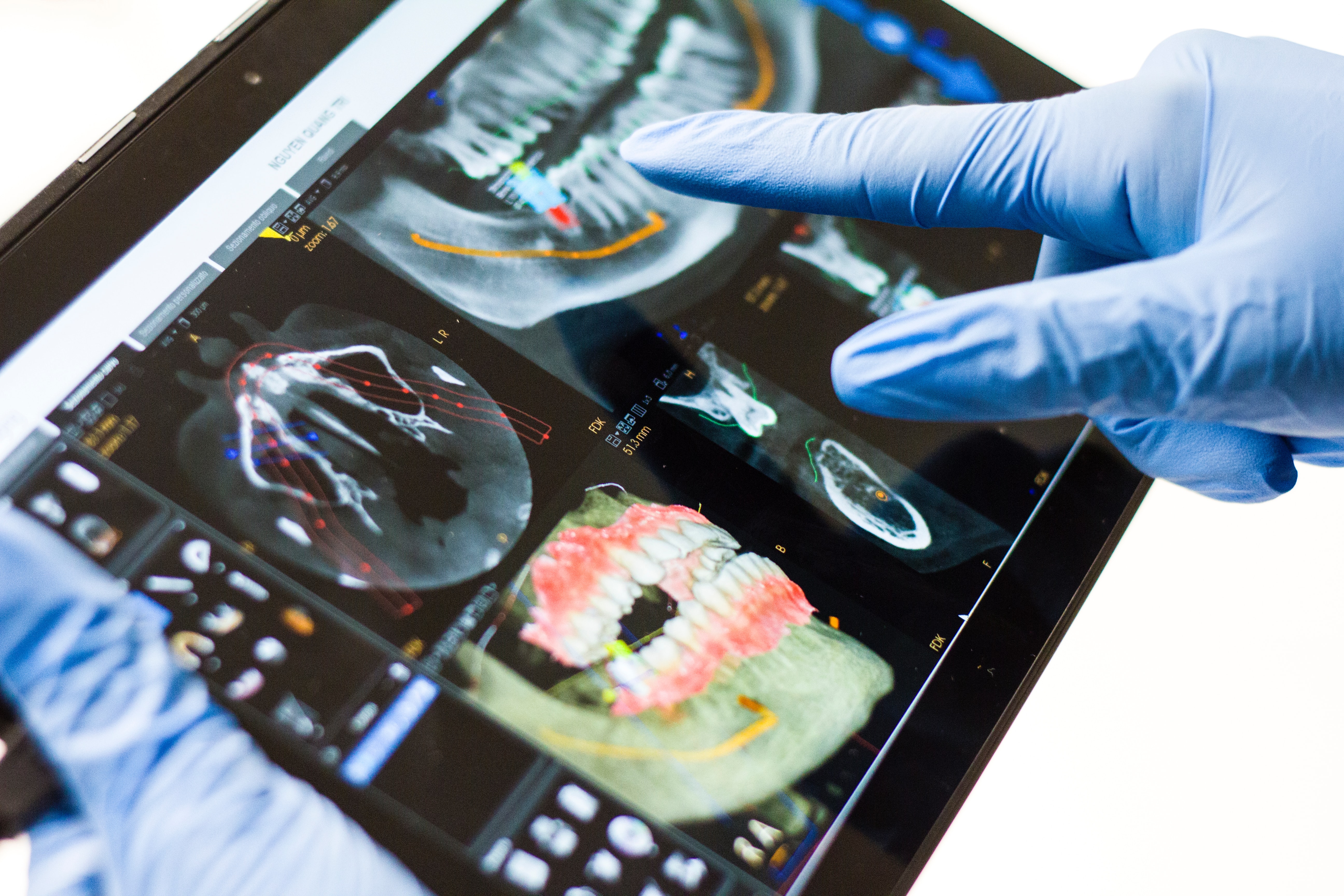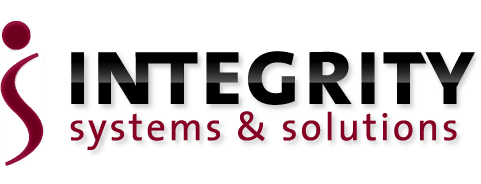
By: Michael Vincelette on September 19th, 2022
How to Successfully Transition into Digital Dental Technology
As a dental professional, you pride yourself on delivering to your patients the highest-caliber healthcare. Being proactive regarding digital dentistry can be key to putting your patients first. Dental technology is constantly advancing, and you’ll want to stay on top of the changes.
Keeping up with technology advancements in the dental industry can help improve your efficiency as a top professional. When considering the transition to digital dentistry, it is important to recognize the specific needs of the practice and how making the switch can help you reach your business goals.
Although the investment and downtime required to successfully transition into new digital dental technology can be challenging, it’s well worth it in the long run. Here are some steps that can aid in a smooth transition.
1. Let Your Patients Know Early, and Market the Change to Them
Preparing your patients as soon as possible not only sets the expectation that you are in a transition period, but can also create a sort of “buzz” within your practice about the new patient-centered technology and dental services you may be able to provide as a result of the shift.
You can start this process by explaining to your patients through email communication or other marketing channels how your practice is keeping up with the future of digital dentistry. By preparing your patients for the transition, you’ll spark interest in new technologies that are being incorporated while demonstrating the superior quality of care you can provide.
2. Prepare Your Staff for the Switch
You’ll want to discuss with your staff the positive effects your new digital dentistry will have on the success of the practice. They should have a basic understanding of the new technologies coming into the practice and have a sense of what digital dentistry will bring to them, your patients, and your practice.
Staff procedural operations and responsibilities may change, so it's important that your staff knows they can ask questions and get support during the transition.
Some dental technology for which you may need to prepare your staff include:
- Digitized impressions
- 3D printing
- CAD cam
- Digital radiography
It is also crucial that staff be quickly and thoroughly trained across any and all new systems to ensure a smooth transition from traditional to digital dental systems and to promote continued efficiency throughout the transition process.
3. Prepare for a Learning Curve
A transition to digital dentistry means many changes beyond just having a computer and monitor in each room. Some of the additional equipment could include tools such as digital impression systems, digital x-ray machines, and digital smile design software.
Even if you and your staff are tech-savvy, learning digital dentistry is a process. Ensure that you have the right expertise to help you through the transition. Consider hiring an IT Managed Service Provider (MSP) to help you get set up and to be there for continued support. An IT MSP helps guarantee a much smoother transition to digital dentistry, and can answer any questions you may have during the transition or in the future.
4. Consider How to Budget
Bottom line, going digital is expensive, so return on investment (ROI) of the new technology and equipment is key. Remember that your patients will value going to a dentist with state-of-the-art equipment and the ability to keep up with the latest trends in the dental industry. The increased productivity and efficiency will allow you to see more patients and to give them the best care possible. It shouldn't be a question of can you afford to go digital, but when you can make the switch.
Staffing is another source of budgeting concern. With a digital practice, you may find that your staff will have more time for continued education. If you are able to keep the same number of employees while increasing your productivity and efficiency, plan on cross-training them to create value for them in other positions.
There are ways to break up the cost of incorporating digital technology in your dental practice. Work with your IT partner to see if you can digitize your practice in phases. Many vendors also have financing options, which can ease the initial financial burden.
5. Be Proactive
Expect that there will be bumps in the road to digital dentistry and do your best to plan for them and for your response. Even with additional help from an IT specialist and advanced preparation, there is no guarantee that everything will go perfectly when transitioning.
Creating a plan for possible problems that may arise offers some peace of mind and continued efficiency in the practice as you make changes. Set up a plan that allows you to track the quality and progress of the integration of new dental technology.
As you transition to digital, determine the training and support you need to stay on track, improve productivity, and enhance patient care. Of course, always have a back-up plan. Even if your patients are well aware of your transition period and are expecting some hiccups, be sure you have your traditional tools ready to use, all files and data saved, and staff aware of your plan, just in case something falls through.
The Benefits of Transitioning to Digital Dentistry
The Transition to Digital Dentistry Will Allow You to:
- Save Time and Be More Efficient
All files, scans, and x-rays can be immediately sent to external labs, specialists, insurance providers, and pharmacies. Visits will be faster, since images will be available instantly and you will be able to look at x-rays without waiting for them to be developed. New digital software can be used to make impressions, avoiding messy molds. Your dental practice will become more efficient.
- Predict Treatment Results
Smile design software can show patients what their cosmetic, orthodontic, or restorative procedures can do for them. Digital treatment planning can also help reduce communication barriers when discussing treatment plans.
- Offer Early Intervention and Better Prevention
Digital detection systems allow you to uncover oral health concerns as soon as possible, which will allow you to provide treatment to your patients sooner, avoiding additional damage and more extensive treatment.
- Maintain Patient Records Safely
“Going paperless” with digital records will let you quickly reference patient files and past treatments so you can make the most accurate recommendations. Digital records will also ensure that paperwork and files will not be lost, and all information will be secure and private.
Finding the Right IT Service Provider
After your transition to digital dentistry, you will be able to access files more quickly and increase overall efficiency in your practice. With the assistance of an IT specialist, the transition to digital dentistry does not need to be an added source of stress to you and your practice.
Do you know what to look for in a managed IT service provider? Download our checklist to find out how to make the best choice for your practice.


